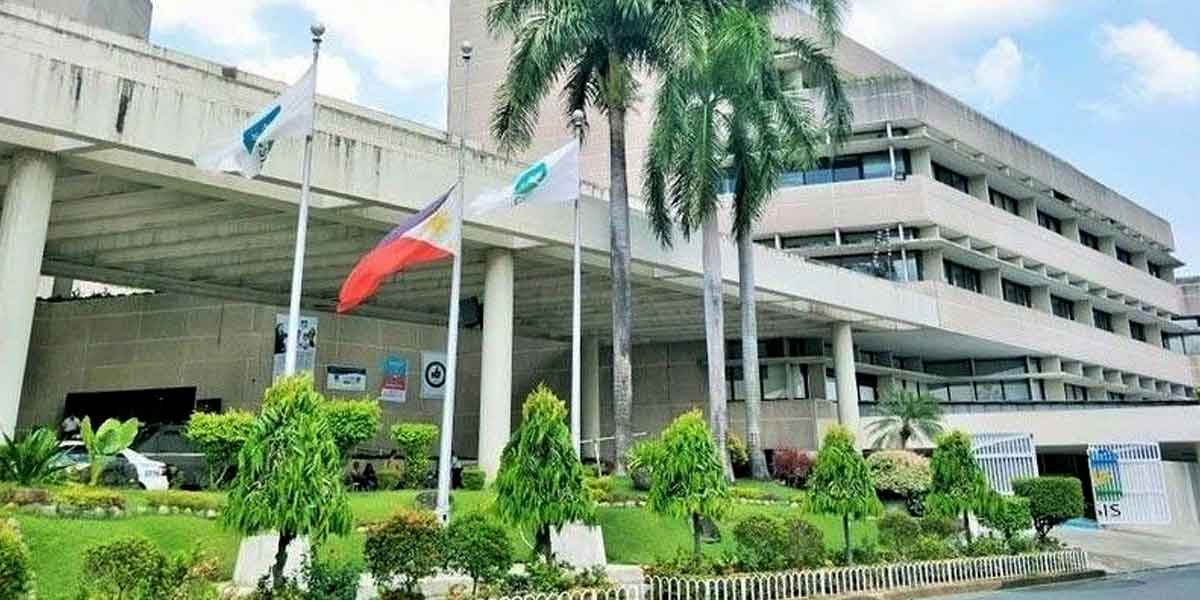
The country’s balance of payments (BOP) position registered a surplus of US$1.9 billion in Q4 2023, more than thrice the US$568 million surplus recorded in Q4 2022. The higher BOP surplus was supported by a significant increase in net inflows in the financial account. Meanwhile, the current account registered a higher deficit in Q4 2023.
Current Account. The current account deficit in Q4 2023 reached US$520 million (equivalent to -0.4 percent of the country’s GDP), higher by 942.0 percent than the US$50 million deficit (equivalent to -0.04 percent of the country’s GDP) posted in Q4 2022. This development reflected the widening trade in goods deficit and the contraction of net receipts from trade in services, which outweighed the increase in net receipts in the primary and secondary income accounts.
The trade in goods deficit widened as the value of goods exports declined at a faster rate than that of imports. An estimated 81.4 percent of the drop in the exports value and 64.8 percent of the decrease in the imports value were driven by price changes.[1]
Capital Account. The capital account recorded net receipts of US$21 million in the last quarter of 2023, up by 26.4 percent from the US$16 million net receipts recorded in Q4 2022. This was on account of the net receipts from gross disposals of nonproduced nonfinancial assets (e.g., patents, trademarks, and copyrights) amounting to US$4 million in Q4 2023 from US$1 million net payments from gross acquisitions in Q4 2022.
Financial Account. The financial account recorded net inflows (or net borrowings by residents from the rest of the world) of US$6.4 billion in Q4 2023, higher by 208.5 percent than the US$2.1 billion net inflows in Q4 2022. This was mainly on account of the reversal of the other investment account to net inflows (from net outflows) and higher net inflows in the portfolio investment account. Meanwhile, the direct investment account registered lower net inflows during the period.
January – December 2023 Developments
The full-year 2023 BOP position posted a surplus of US$3.7 billion, a turnaround from the US$7.3 billion deficit recorded in 2022. The BOP surplus was driven by the contraction of the current account deficit along with the expansion of the financial account net inflows.
Current Account. The current account recorded a deficit of US$11.2 billion (equivalent to -2.6 percent of the country’s GDP) in 2023, lower by 38.6 percent than the US$18.3 billion deficit (equivalent to -4.5 percent of the country’s GDP) in 2022. The lower current account deficit emanated from the narrowing trade in goods deficit, alongside the increase in net receipts from the trade in services and secondary income accounts. This was partly mitigated by the lower net receipts in the primary income account.
The trade in goods deficit narrowed as the contraction in the value of goods imports outpaced that of exports. An estimated 91.5 percent of the drop in the imports value and 92.6 percent of the decrease in exports value were due to price changes.[2]
Capital Account. The capital account recorded higher net receipts amounting to US$67 million in 2023 from US$23 million in 2022. This was due mainly to net receipts from gross disposals of nonproduced nonfinancial assets (e.g., patents, trademarks, and copyrights) of US$2 million in 2023 from net payments of gross acquisitions of US$51 million in 2022.
Financial Account. The financial account registered net inflows (or net borrowing by residents from the rest of the world) of US$15.4 billion in 2023, higher by 11.0 percent than the US$13.9 billion in 2022. This was due primarily to the surge in net inflows from the other investment account. This, however, was mitigated by the reversal of the portfolio investment account to net outflows and the decline in net inflows of direct investments.
Gross International Reserves
The country’s gross international reserves (GIR) amounted to US$103.8 billion as of end-December 2023, higher than the US$96.1 billion level registered as of end-December 2022.
Exchange Rate
The peso averaged P56.06/US$1 in Q4 2023, appreciating by 2.4 percent from P57.39/US$1 in Q4 2022. By contrast, the peso depreciated by 0.2 percent from P55.96/US$1 in Q3 2023. On a full-year basis, the peso depreciated by 2.1 percent to average P55.63/US$1 in 2023 from P54.48/US$1 in 2022.
[1]Estimates were based on the Philippine Statistics Authority’s (PSA) International Merchandise Trade Statistics (IMTS)
[2]Estimates were based on the PSA’s IMTS




















